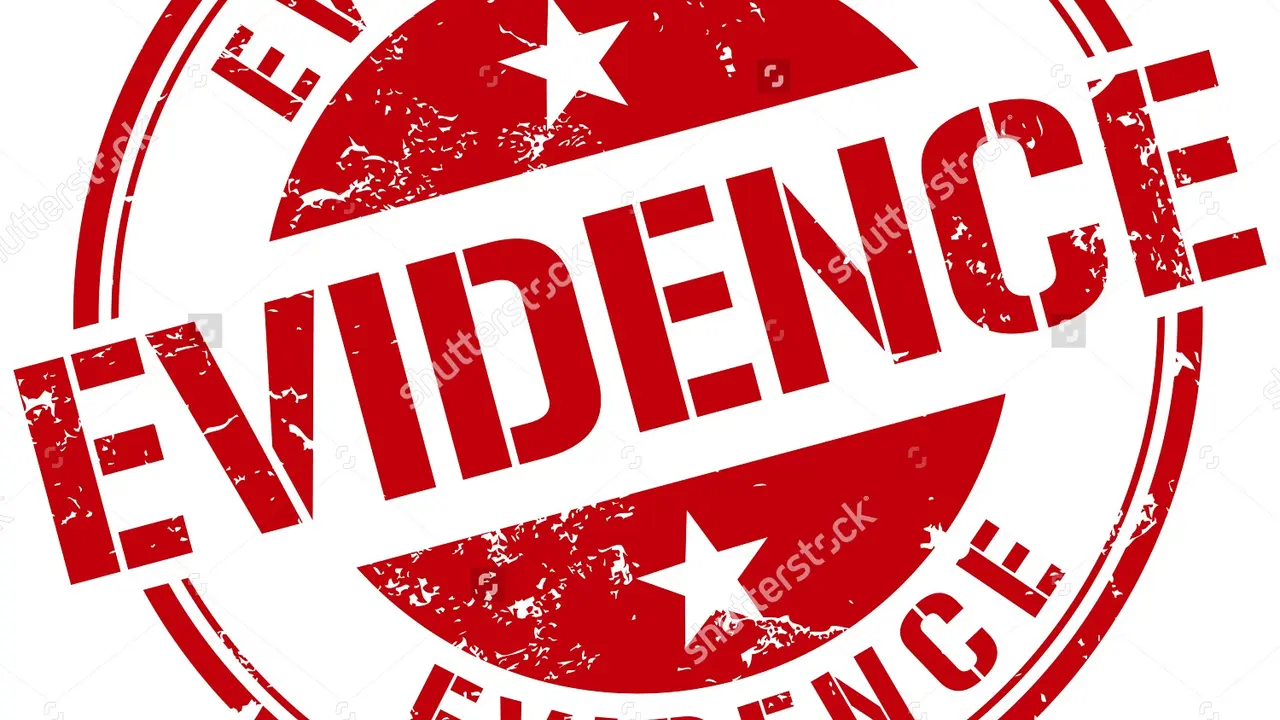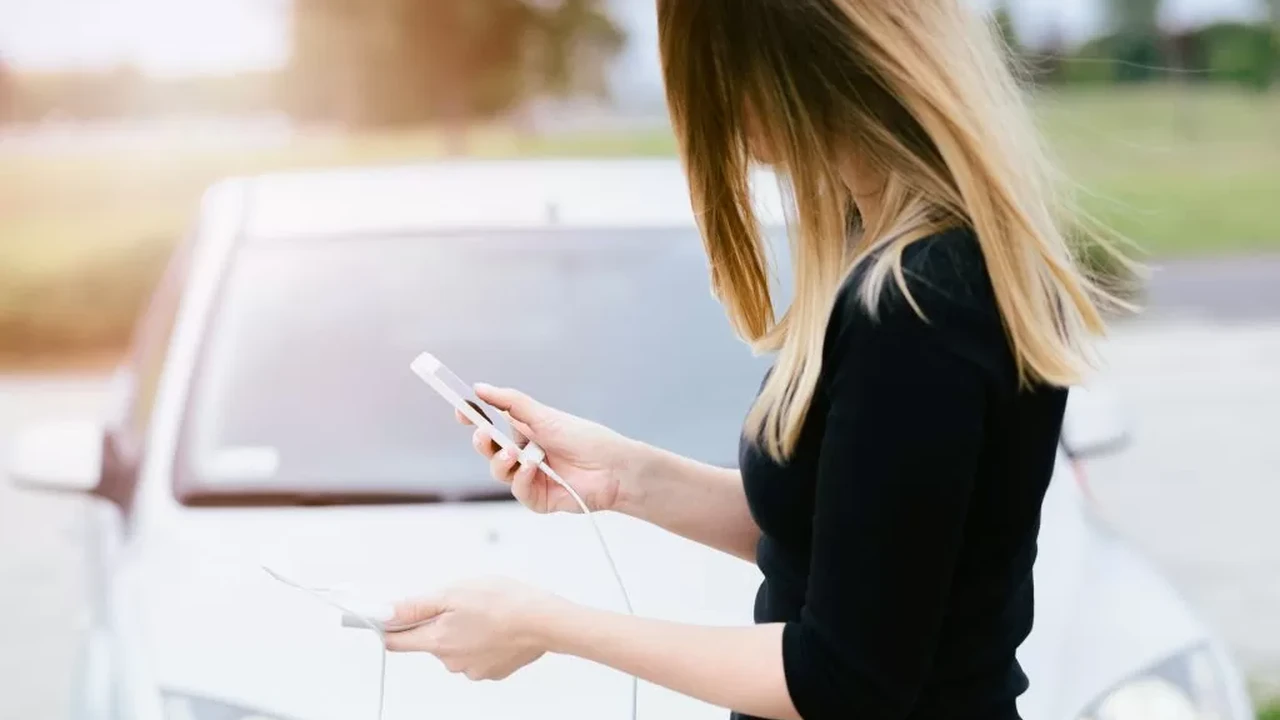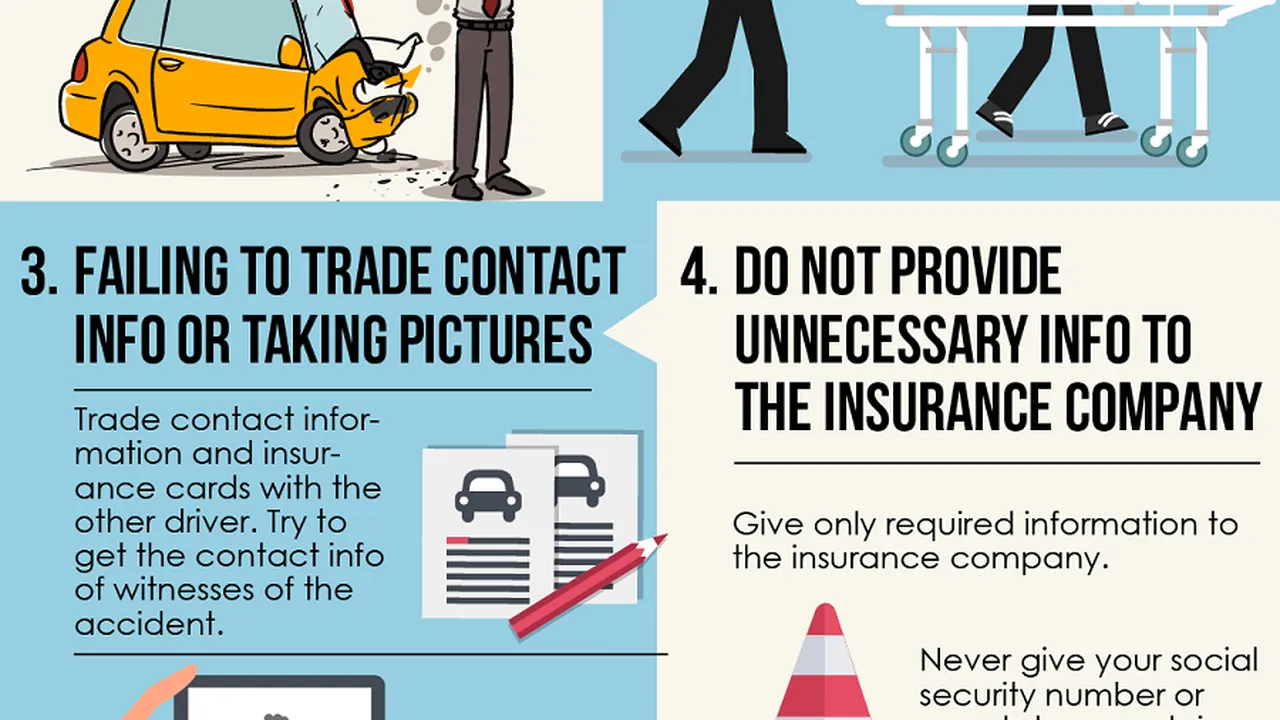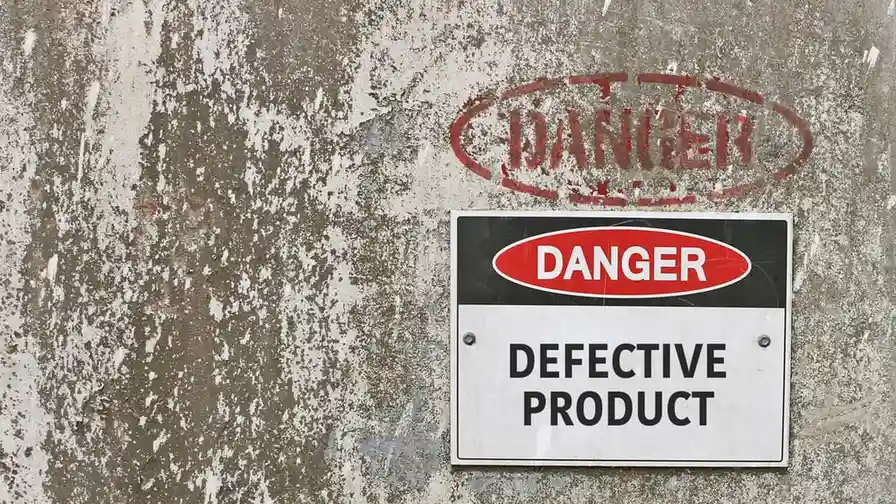Step 2: Gathering Evidence to Support Your Claim

Understanding the Importance of Evidence Claim Evidence
Alright, so you're tackling Step 2: Gathering Evidence. Think of it like this – you're building a case. A strong claim needs solid evidence, like bricks in a wall. Without it, your claim is just… well, a claim. It's gotta be more than "I deserve this!" You need to show why you deserve it. This section is all about making sure you’ve got your ducks in a row, and that your evidence is airtight.
What Kind of Evidence are We Talking About Relevant Evidence
Okay, what actually counts as "evidence"? It's anything that supports your claim. Think documents, photos, videos, witness statements, expert opinions, and even your own detailed notes. The more relevant and specific, the better. For example, if you're claiming for damage to your car, you'll need photos of the damage, repair estimates, police reports (if any), and your insurance policy. Don’t just send in everything you find; focus on what directly proves your point.
Where to Find the Evidence You Need Evidence Sources
So, where do you actually *find* this stuff? Start with the obvious: Your own records! Check your emails, texts, letters, receipts, contracts, and any other paperwork related to your claim. Then, think about other potential sources. Did you have a conversation with someone? Try to remember the details and write them down. Were there any witnesses? Get their contact information. Did you take any photos or videos? Gather them all in one place. Don't be afraid to ask for help. Sometimes, the other party involved in the claim might have information you need, and they're legally obligated to provide it (depending on the situation, of course!).
Organizing Your Evidence for Maximum Impact Evidence Organization
This is crucial! Don't just throw everything into a shoebox. Organize it! Create folders, both physical and digital. Label everything clearly. Chronological order is often a good idea. For each piece of evidence, write a brief description explaining what it is and why it's relevant to your claim. A well-organized file makes it easier for the person reviewing your claim to understand your case, and it shows you're serious and prepared.
The Power of Witness Statements Witness Testimony
Don't underestimate the power of a good witness statement! If someone saw what happened, or has information that supports your claim, get them to write a statement. The statement should be in their own words, and it should be as detailed as possible. Include the date, time, location, and a clear description of what they saw or heard. Make sure they sign and date the statement. A notarized statement carries even more weight, but it's not always necessary.
Specific Product Recommendations for Evidence Gathering and Organization Product Recommendations Evidence Tools
Okay, let's talk tools! Gathering and organizing evidence can be a pain, but these products can help:
1. Fujitsu ScanSnap iX1600 Scanner:
Description: This is a high-speed, duplex document scanner. It's perfect for digitizing all those paper documents you've been collecting. It can scan directly to your computer, cloud storage, or even email. Use Case: Imagine you have a stack of receipts, invoices, and letters. Instead of manually typing everything, just feed them into the ScanSnap, and it will create searchable PDF files in seconds. Comparison: Compared to cheaper, slower scanners, the ScanSnap is a huge time saver. It’s more expensive, but the speed and reliability are worth it if you have a lot of documents to scan. Versus a phone scanner app, the ScanSnap produces much higher quality scans that are easier to read and manage. Price: Around $500.
2. NeatDesk Desktop Scanner and Digital Filing System:
Description: NeatDesk is a scanner and software combination designed specifically for organizing receipts, business cards, and documents. The software automatically extracts key information, like dates, amounts, and contact details. Use Case: If you're self-employed or run a small business, NeatDesk can be a lifesaver for tracking expenses and managing contacts. It integrates with popular accounting software like QuickBooks. Comparison: NeatDesk is more specialized than the ScanSnap. It's great for financial documents, but not as versatile for other types of scanning. It's also more expensive. Alternatives include using a dedicated accounting software like Xero or FreshBooks, but those don't handle the initial scanning process. Price: Around $400 (including software subscription).
3. Evernote Premium:
Description: Evernote is a popular note-taking app that's also great for organizing evidence. You can create notebooks for different claims, add notes, upload documents and photos, and even record audio. The Premium version offers advanced features like searchable PDFs and more storage space. Use Case: Evernote is perfect for keeping all your evidence in one place, accessible from any device. You can use it to take notes during phone calls, scan documents with your phone's camera, and even clip articles from the web. Comparison: Compared to simple note-taking apps like Google Keep, Evernote offers more advanced organization and search features. It's also more flexible than dedicated document management systems, which can be overkill for simple claims. The free version might be sufficient for small claims, but the Premium version is worth it for larger, more complex cases. Price: Evernote Premium starts at around $8 per month.
4. Portable Mini Label Maker Bluetooth Label Printer:
Description: A portable label maker that connects to your smartphone via Bluetooth. You can design and print labels quickly and easily to organize physical files. Use Case: Ideal for labeling folders, boxes, and other physical containers to keep your documents neatly organized. Perfect for home offices or small businesses with limited space. Comparison: Compared to traditional label makers, Bluetooth label printers are more versatile and user-friendly. They offer more design options and can be used with a variety of label sizes and materials. While some may prefer a traditional label maker for its simplicity, Bluetooth models offer greater flexibility and integration with smartphones. Price: Around $30 - $60.
5. External Hard Drive (e.g., Seagate Portable 2TB):
Description: A portable external hard drive for backing up all your digital evidence. Ensures that you have a safe and secure copy of your files. Use Case: Essential for creating backups of scanned documents, photos, videos, and other digital evidence. Useful for safeguarding against data loss due to computer crashes or other unforeseen issues. Comparison: Compared to cloud storage solutions, an external hard drive provides a physical backup that is accessible even without an internet connection. While cloud storage offers convenience and remote access, an external hard drive offers greater control over your data and protection against potential privacy breaches. Price: Around $70 - $90.
Important Considerations for Digital Evidence Digital Evidence Management
A few extra things to keep in mind when dealing with digital evidence:
- Preserve the original: Always work with copies of your digital files. Don't modify the originals!
- Metadata is important: The metadata associated with a digital file (date created, date modified, etc.) can be crucial. Make sure you preserve this information.
- Be careful with screenshots: Screenshots can be easily altered. If you're using screenshots as evidence, be prepared to explain how you took them and why they're authentic.
- Document everything: Keep a detailed log of everything you do with your digital evidence, including when you created copies, who had access to the files, and any changes you made (even to the copies).
Dealing with Difficulties in Gathering Evidence Overcoming Obstacles
Sometimes, gathering evidence can be tough. Maybe the other party is being uncooperative. Maybe you've lost some important documents. Don't give up! Try these strategies:
- Send a formal request: If the other party is refusing to provide information, send a formal request in writing. Clearly state what you need and why you need it.
- Subpoena power: In some cases, you may be able to subpoena documents or witnesses. This usually requires the assistance of a lawyer.
- Reconstruct the evidence: If you've lost documents, try to reconstruct them. For example, you might be able to get copies of bank statements from your bank.
- Focus on circumstantial evidence: Even if you don't have direct evidence, you might be able to build a case based on circumstantial evidence. This is evidence that indirectly proves your point.
Final Thoughts on Evidence Gathering Evidence Summary
Gathering evidence can feel like a detective game, but it's a crucial step in supporting your claim. Be thorough, be organized, and don't be afraid to ask for help. Remember, the stronger your evidence, the better your chances of success. Good luck!
:max_bytes(150000):strip_icc()/277019-baked-pork-chops-with-cream-of-mushroom-soup-DDMFS-beauty-4x3-BG-7505-5762b731cf30447d9cbbbbbf387beafa.jpg)






